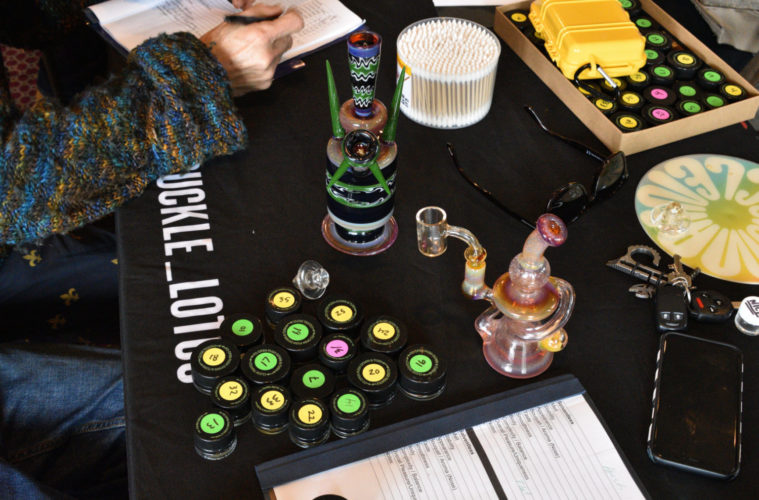While 7/10 won’t be the same this year, there are still plenty of things to celebrate about the decade in hash and just how far things have progressed.
We can honestly say hash saw more progress in the last decade than the last 1,000 years. Sure, butane honey oils weren’t a new idea in the 2000s, but by the time we got to the waxes we ended that decade with, the progress was rolling.
At the time in 2010, I was working the counter of a hash bar in Berkeley. That pretty much meant lighting coals and making sure people didn’t burn themselves in the process of trying to get high. In that transition phase for concentrates, I watched people dab everything from cold water bubble hash to some of the nicest butane-based extractions of the moment. Those are more commonly known as BHO, short for butane hash oil. I was also buying the hash for the club. In those days it consisted of crude to slightly refined BHO extractions with an oily or waxy viscosity, water extracted bubble hash that looked like dirt or blond sand depending on quality, pressed Morrocan and Nepalese styles, and Shiva Crystals. There was this weird early CO2 extracted stuff called gold dust you had to keep in a freezer because the future isn’t always shelf-stable at first. In addition to the coals people were using, I saw the first generation of steel, titanium and quartz nails.
I continued to follow the evolution of hash over the years for various publications and last year got to serve as a judge for The Emerald Cup’s BHO liquid and solid categories. From that perspective, those poop soup trim runs of 10 years ago were still an important step to the whole nug showcase hash of today. We would never want to go back to the days of open blasting. Mainly because of the pyrotechnic displays that came with it on too many occasions when people’s houses exploded. In addition to danger and an excessive amount of empty butane cans littering the Redwoods and the Valley alike, one of the worst parts about the era had to be how bad people were at purging BHO.
Purging is the critical process after the hash has already been produced. After the first steps in making hash, there are a ton of residual solvents left over. In the end, an extractor wants to cook off those residual solvents in an above-average quality vacuum oven — this stuff is going in your lungs.
Eventually, like all things in the hash evolutionary chain, connoisseur level consumers became aware of these best practices. You could think of it as being similar to when folks know the wood some distilleries and wineries use in barrels to age their products, except you were trying to avoid damaging your body.
One might even argue the early to mid-2010s hash consumer picked up their eye for quality products faster than beer, wine, and spirit enthusiasts because they had too. Those other products had a regulatory structure for quality and safety. Testing concentrates wasn’t mandated until the latter part of the decade. So understanding the quality of the hash you were looking at as we moved on from dry sifts and cold water bubble hash basically was a survival instinct in a sense if you were really trying to party. Even then we smoked some nasty stuff.
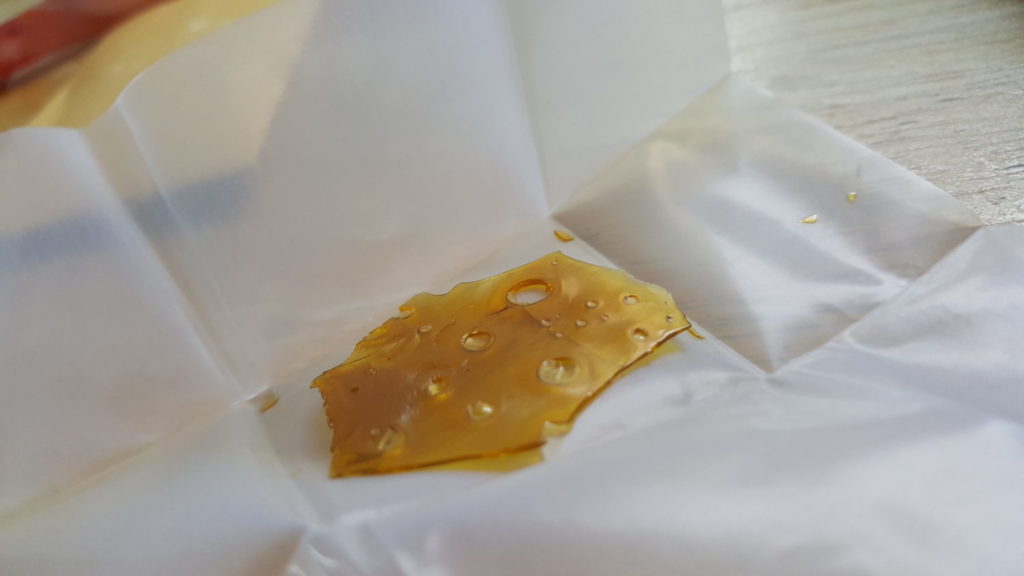
The second generation of shatter was gorgeous for sure. The bubbles are from the purging process.
The Road to Quality
Long before the vape oil epidemic took over last summer’s news cycles because of people using sketchy additives to stretch their oil, the savvy hash consumer knew there were plenty of sketchy dabs out there. Eventually, the quest for well-purged materials in addition to safer processing hardware led to shatter. Keep in mind we’re still talking trim run at this point.
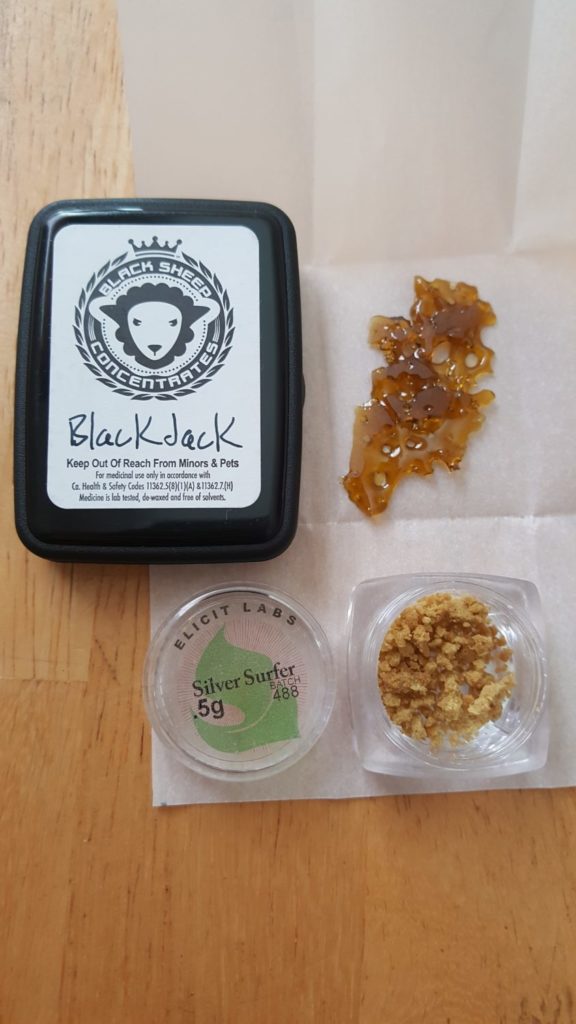
BHO Shatter and Crumble in 2016
The jump to close loop extractions and proper labs is where things took off quickly. As this was happening we figured out how to take the plant’s waxes and fatty lipids out in processing. This led to the first slabs of shatter hit the marker. Shatter would go through extended purges turning it into a brittle and clear amber material. This was the first real deal science hype. But it was dry.
Shatter would prove king for a bit since there was so much trash wax to hold next to it for comparison. Even if there was wax that was dine better than shatter, much of the consumer base just presumed the shatter better. But as we got into newer terpene reclamation processes that preserved all the flavors, things got a bit slushier and a lot tastier. We started seeing these nice sugars that felt as clean as shatter with more dynamic flavor profiles, but BHO still wasn’t for everyone. Some believed it just couldn’t be done well.
The Rosin Revolution
As people tried to find the line in viscosity to create the best BHO, a new solventless option arise for people who just couldn’t see themselves consuming something made from butane. Originally called Frosin, the influencers quickly dropped the first letter. Rosin was produced at first by squishing a nug in some wax paper with a hair straightener. The resulting squish would leave a lovely dabbable residue on the wax paper. Imagine being the lady at the beauty supply store in 2013 as all these dudes with fades came in asking about hair straighteners.
The first legit rosin presses would drop in 2014, and it was like the jump to hyperspace from Ben Franklin’s kite. The mechanical application of heat and pressure was amazing. The best case scenario was someone would freeze dope nugs right when they harvested them. They turned those nugs into awesome bubble hash and then pressed the hash into rosin. Varying styles, techniques, and temperatures offered the solventless hash consumer plenty of different styles of rosin to choose from. These included the more juicy live rosins to brittle variations that lost much of their moisture.
But freshly frozen material was big for everyone, not just rosin. Real proper wet BHO terps would come at us swiftly. The sauce was awesome when it first dropped and is to this day in varying textures attained in post-production. Essentially a mix of a concentrated slurry of all the best parts of concentrates. The THC crystals in the slutty would get bigger and bigger over the years providing the kick alongside the plant’s terpenes and essential oils.
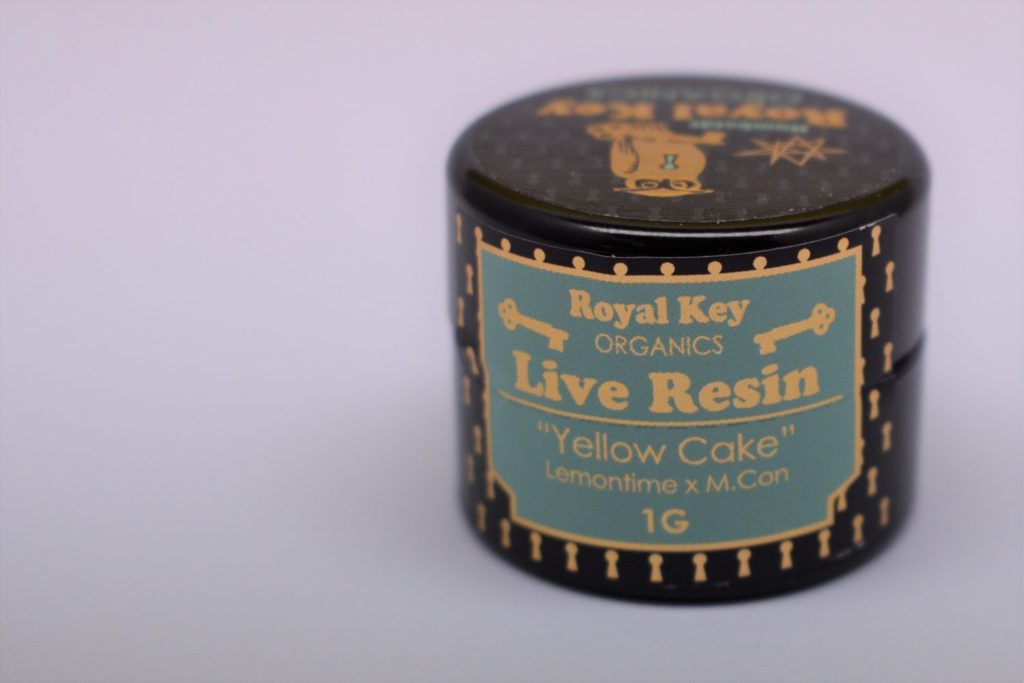
One of 19 small batches of sauce from Royal Key organics that proved to be the most coveted dabs of 2017.
Diamonds were just the THC material in hash formed into bigger crystals, hence the diamond name. In the legal market the can range from a few little diamond chunks in terp sauce for a gram to a bunch of microbead diamonds which tend to have better bang for the buck since there isn’t a bunch of extra terp sauce leftover.
One legal producer alleges the constraints on the industry make it hard to produce the fattest diamonds possible in glass jars that might explode — and the streets answered the call. At current underground market prices, you could quickly spend over a thousand bucks on a small jar filled with diamonds so fat any of them would be appropriate for a prime Liz Taylor engagement ring.
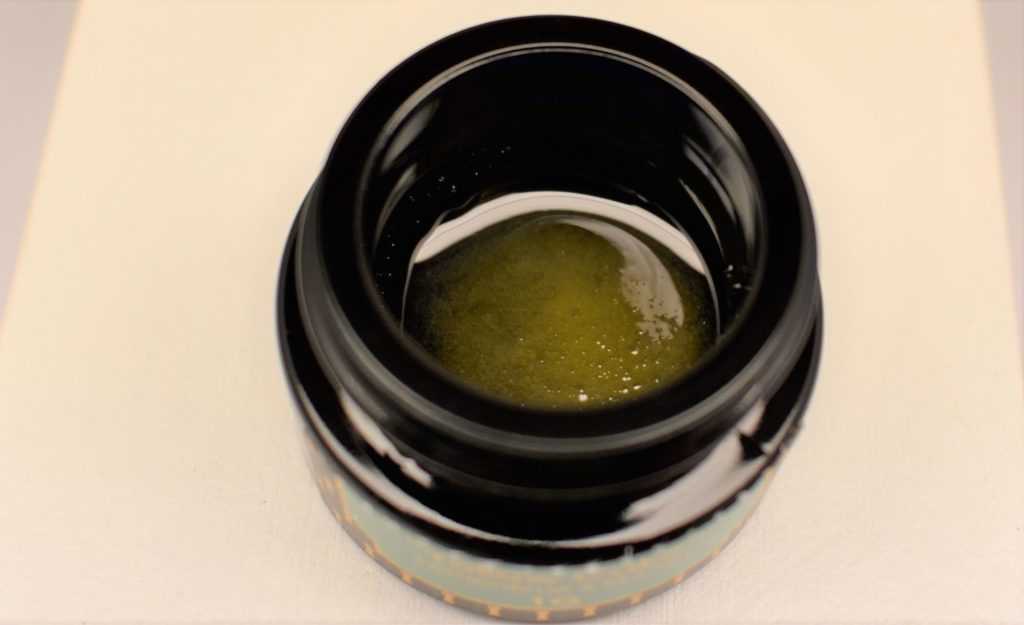
Royal Key Organic Yellow Cake Sauce
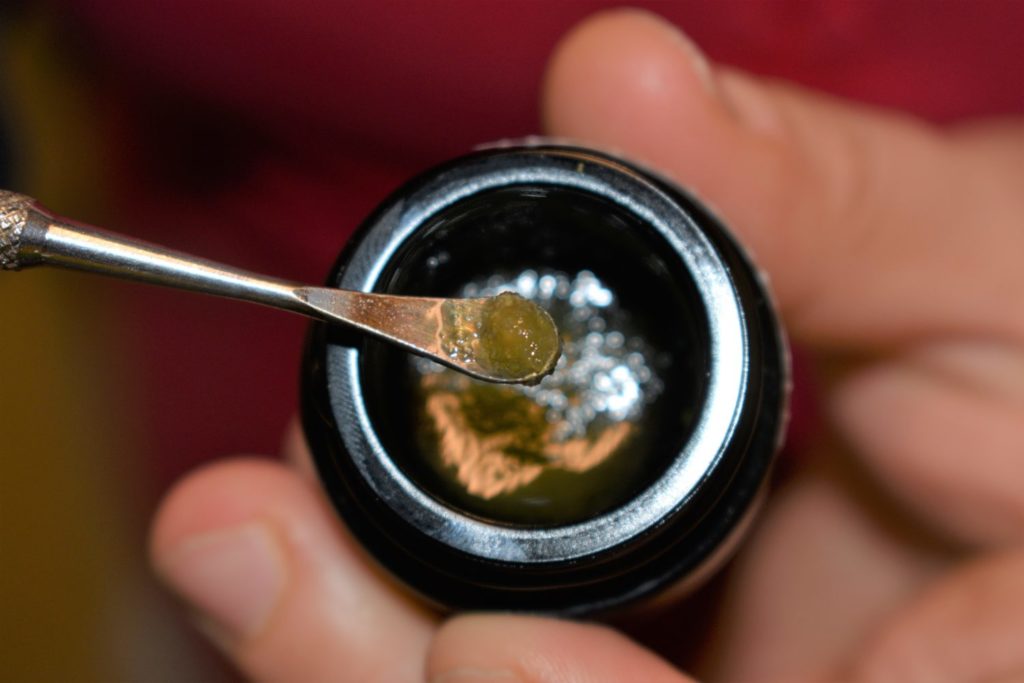
The whipping techniques changed over the years through the BHO eras, but the consistency of today’s batters and frostings, check out our Glob Glossary for the difference, are absolutely fantastic. Refinements in hardware and technique have basically got us to this era we’ve been in for a couple of years it feels safe to say. A kind of who can be the best at the way we all know how to do it, the proprietary little things separating the good from the great if they were using the same material.
One mixed result about the decade was as hash became more accessible as an investment opportunity, sometimes shady players would get in the mix. It’s pretty easy these days to make dirt look like gold. This has created a pretty average middle tier of products that smell astoundingly similar, then a killer sneaks in a deal in the same price bracket and that other stuff just can’t compete.
Another issue was licensing hurdles making it really hard for boutique hash companies to operate. This explained the rise of those corporate entities taking over a lot of shelf space in California. Regardless, it’s not the top shelf. The killers are still killing it. Private equity funds weren’t able to beat them so on some occasions they bought a piece. The hash is still bomb or close to its less regulated days much of the time, but some certainly sold out hard.
Obviously none of this took into account the progress around CBD concentrates or vape pens over the decade. That just goes to show how much has really happened when it comes to concentrated forms of cannabis in the last 10 years. But I hope what we covered here helps get you up to date on the world of hash and concentrates.
Advertising disclosure: We may receive compensation for some of the links in our stories. Thank you for supporting LA Weekly and our advertisers.

